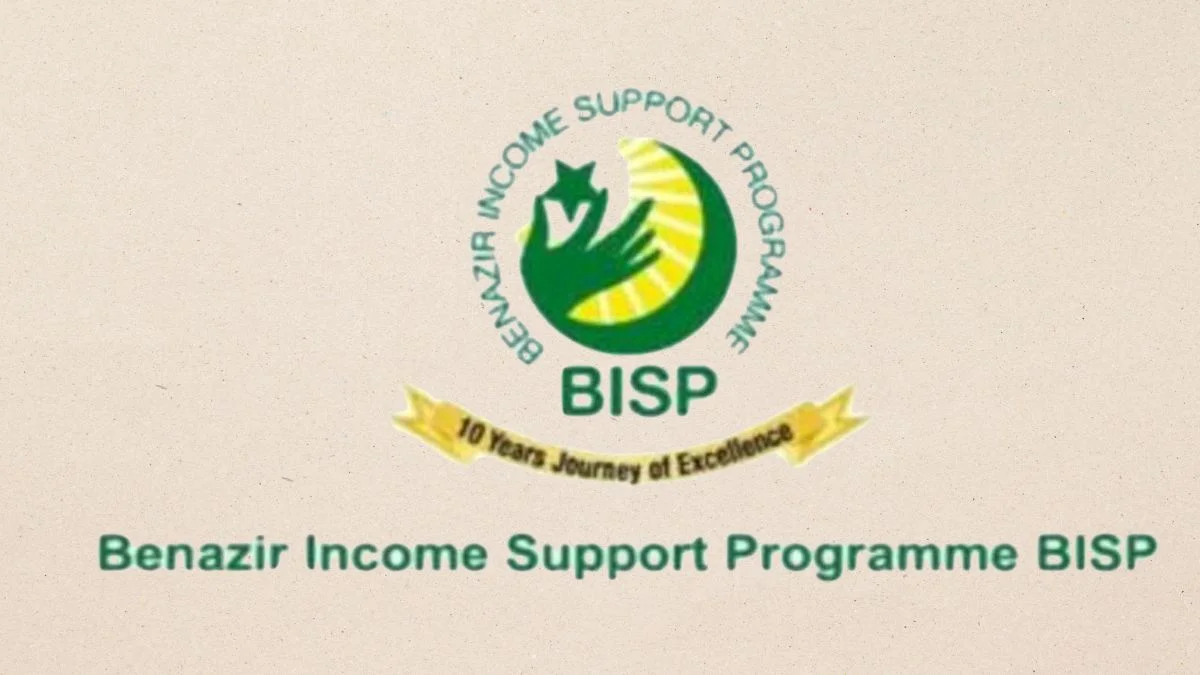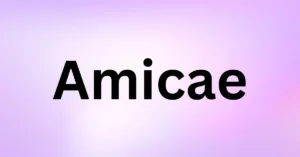Introduction
Poverty alleviation and social protection have been critical challenges for Pakistan. In response to these issues, the government has introduced various programs to support vulnerable populations. Two significant initiatives in this regard are the Ehsaas Program and Benazir Income Support Program (BISP). Both programs aim to provide financial assistance, improve living standards, and create opportunities for the underprivileged. This article delves into the objectives, components, and impacts of these programs.
Ehsaas Program: An Overview
Launched in 2019, the Ehsaas Program is a comprehensive social safety and poverty alleviation initiative by the Government of Pakistan. Spearheaded by the Prime Minister, Ehsaas aims to address the multifaceted nature of poverty by focusing on various sectors, including health, education, and economic empowerment.
Objectives
The Ehsaas Program has several core objectives:
- Poverty Alleviation: Reducing poverty and inequality through targeted interventions.
- Social Protection: Providing social safety nets to vulnerable groups, including women, children, and persons with disabilities.
- Human Capital Development: Enhancing educational and health outcomes to improve long-term prospects for the poor.
- Financial Inclusion: Promoting financial access and digital literacy among marginalized populations.
- Economic Empowerment: Creating job opportunities and fostering entrepreneurship.
Key Components
The Ehsaas Program comprises numerous initiatives, each addressing specific areas of need. Some of the prominent components include:
- Ehsaas Kafaalat: This initiative provides cash transfers to the most vulnerable women, ensuring a basic level of income support.
- Ehsaas Amdan: Aimed at creating income-generating opportunities, this program provides assets to the poor, such as livestock or vocational training.
- Ehsaas Nashonuma: Focused on addressing malnutrition, this program provides nutritional supplements and health services to pregnant and lactating women and children under two years of age.
- Ehsaas Undergraduate Scholarships: Offering scholarships to low-income students, this initiative aims to enhance access to higher education.
- Ehsaas Emergency Cash: Launched in response to the COVID-19 pandemic, this program provided immediate financial relief to millions of affected families.
- Ehsaas Langar and Panagah: These initiatives provide free meals and shelter to the homeless and those in need.
Impact and Achievements
Since its inception, the Ehsaas Program has made significant strides in poverty alleviation and social protection. The Ehsaas Emergency Cash initiative alone reached over 15 million families, providing crucial support during the pandemic.
How to Get BISP Payments: A Step-by-Step Guide
The Benazir Income Support Programme (BISP) is a critical social safety net initiative in Pakistan, providing financial assistance to low-income families, particularly focusing on empowering women. If you or someone you know qualifies for BISP payments, here is a detailed guide on how to get these payments.
Eligibility Criteria
Before applying for BISP, it’s essential to understand the eligibility criteria. BISP primarily targets the poorest families, with women being the primary beneficiaries. The following criteria are considered:
- Poverty Score: Beneficiaries are selected based on a poverty score derived from a household survey.
- Household Income: The family’s monthly income must fall below a specified threshold.
- Vulnerability: Priority is given to families with widows, persons with disabilities, or no stable source of income.
Registration Process
Step 1: National Socio-Economic Registry (NSER) Survey
To determine eligibility, households must be part of the NSER survey. The survey collects data on socio-economic conditions, which is used to calculate the poverty score. Here’s how to ensure your household is included:
- Visit the Nearest NSER Center: Locate your nearest NSER registration center by visiting the official BISP website or contacting the local BISP office.
- Provide Necessary Information: Submit accurate information about your household, including income, assets, and family members.
- Verification: NSER officials will verify the information provided during the survey process.
Step 2: BISP Application at 8171 Portal
Once your household is registered in the NSER database, follow these steps to apply for BISP payments:
- Visit BISP Office: Go to the nearest BISP office with your Computerized National Identity Card (CNIC).
- Fill Out the Application Form: Complete the BISP application form, providing details such as your name, address, and CNIC number.
- Submit Documents: Submit the required documents, including a copy of your CNIC, proof of income, and any other relevant documents.
- Biometric Verification: Your fingerprints will be taken for biometric verification to ensure authenticity.
Payment Mechanisms for 8171 Ehsaas Program 25000 BISP
Once your application is approved, you will start receiving BISP payments. There are several mechanisms through which beneficiaries can receive their payments:
1. BISP Debit Card
The most common method for receiving BISP payments is through a BISP Debit Card, also known as the Benazir Debit Card (BDC). Here’s how to get and use the card:
- Card Issuance: After approval, you will receive a BISP Debit Card from the designated bank.
- Activate the Card: Visit the nearest ATM or bank branch to activate your card using biometric verification.
- Withdraw Cash: You can withdraw cash from ATMs or point-of-sale (POS) machines at retail outlets using your BISP Debit Card.
2. Mobile Banking
Some beneficiaries can receive payments through mobile banking. This method is particularly useful for those living in remote areas with limited access to ATMs. Here’s how it works:
- Register for Mobile Banking: Register your mobile number with the designated mobile banking provider (e.g., EasyPaisa, JazzCash).
- Receive SMS Notifications: You will receive SMS notifications regarding payment disbursements.
- Withdraw Cash: Visit a nearby mobile banking agent to withdraw cash using the code provided in the SMS.
3. Bank Transfer
In some cases, payments can be directly transferred to a beneficiary’s bank account. Here’s how to set up bank transfers:
- Provide Bank Details: Submit your bank account details to BISP during the registration process.
- Direct Transfer: Payments will be directly transferred to your bank account.
- Withdraw Cash: Withdraw cash from your bank account through ATM or over-the-counter services at your bank branch.
For more information click here.









